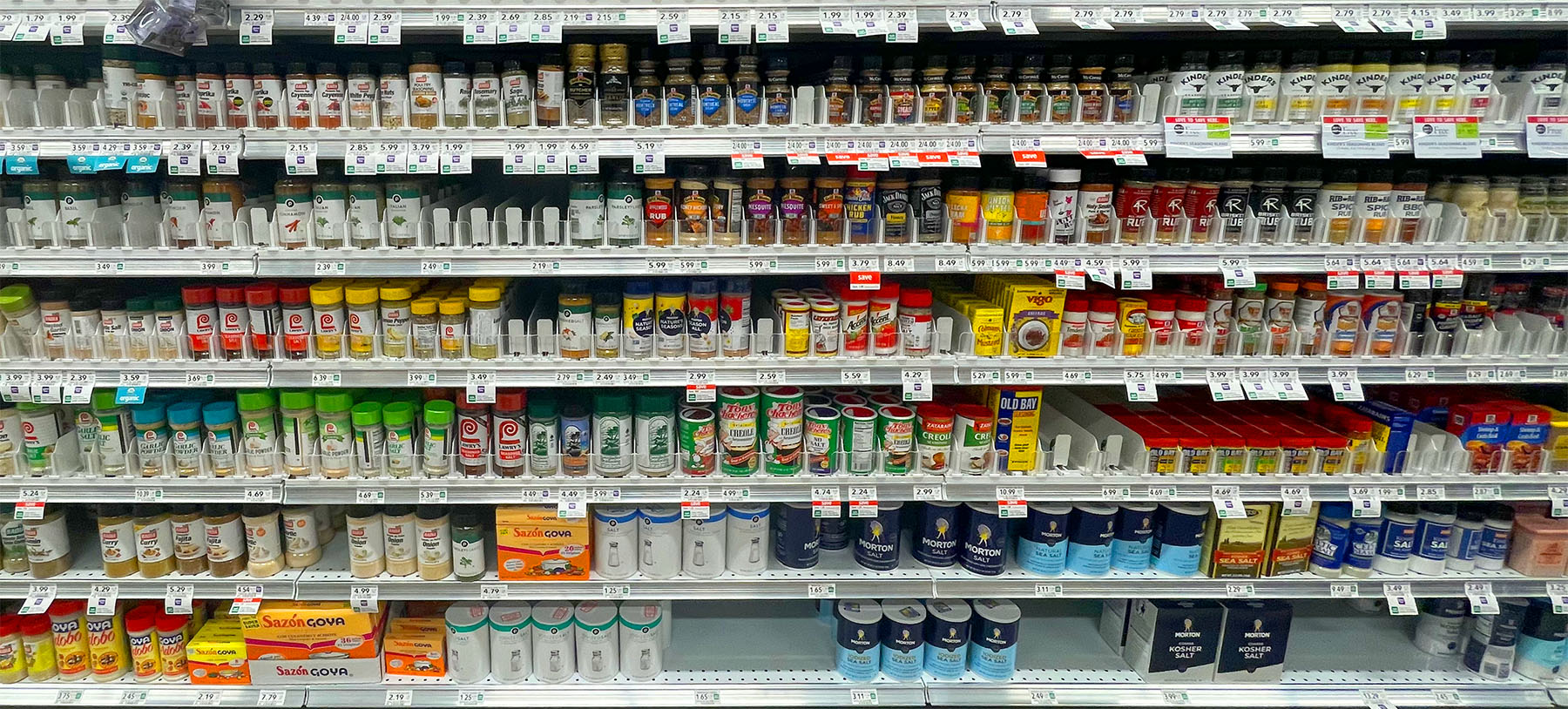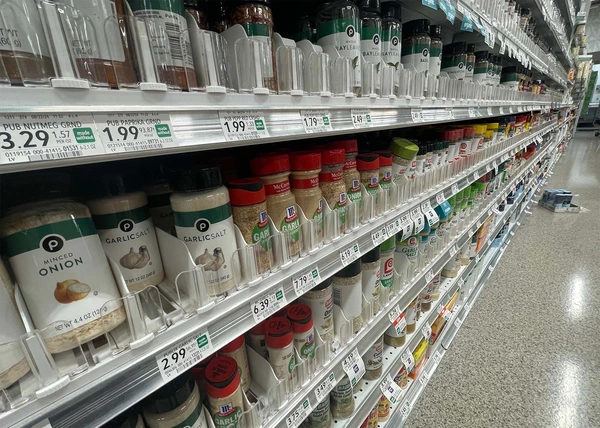Cooking with Flavor: Salt Alternatives Guide
In the culinary world, salt is a staple. It enhances flavor, preserves food, and even plays a role in certain chemical reactions. However, excessive salt intake can lead to health issues. Hypertension and heart disease are among the risks associated with high sodium consumption.
This guide explores salt alternatives that can help manage sodium intake without sacrificing flavor. From herbs and spices to reduced sodium sea salt, there are numerous options to consider.Whether you're a health-conscious individual, someone with dietary restrictions, or a cooking enthusiast looking to diversify your seasoning techniques, this guide is for you.
Understanding Salt and Its Impact on Health
Salt, or sodium chloride, is a common ingredient in our diets. It's found in most processed foods and is often added during cooking or at the table. However, consuming too much salt can have negative health effects. High sodium intake is linked to hypertension, a risk factor for heart disease and stroke. Reducing salt intake can help manage these risks. But it's not just about cutting out salt completely. It's about finding healthier alternatives that still add flavor to your meals. This is where salt alternatives come into play.
Exploring Healthy Salt Alternatives
There are many healthy alternatives to salt that can enhance the flavor of your meals. These include natural herbs, spices, and other seasonings. For instance, rosemary, thyme, and basil can add depth to your dishes. They provide a burst of flavor without the need for added sodium. Citrus zest and juice can also serve as a salt substitute. They add a fresh, tangy flavor to recipes, reducing the need for salt. Nutritional yeast is another popular salt-free seasoning. It provides a savory, cheese-like flavor that can enhance a variety of dishes.
Here are some other salt alternatives to consider:
- Vinegars, such as balsamic or apple cider
- Umami-rich ingredients like mushrooms and tomatoes
- Seaweed, which provides a salty taste and is rich in iodine and other minerals
Herbs and Spices as Primary Flavor Enhancers
Herbs and spices are a great way to add flavor without adding sodium. They can be used fresh or dried, depending on the recipe. Experiment with different combinations to find your favorite blends. Remember, the key is to enhance the natural flavors of the food, not overpower them. Storing herbs and spices properly is also important. This helps maintain their potency and ensures they provide the maximum flavor.
The Role of Acidity in Mimicking Saltiness
Acidity can mimic the sensation of saltiness on our taste buds. This is why vinegars and citrus juices can serve as effective salt substitutes. They brighten dishes and reduce the need for added salt, contributing to a healthier diet.
Potassium Chloride and Reduced Sodium Sea Salt
Potassium chloride is a common ingredient in commercial salt substitutes. It provides a salty flavor but contains less sodium than regular table salt. Reduced sodium sea salt is another option. It contains less sodium than regular sea salt and retains trace minerals that can enhance flavor.

Special Considerations for Different Diets
When selecting salt alternatives, it's important to consider individual health conditions. For instance, potassium chloride may not be suitable for those with kidney issues. Also, if you're following a specific diet, such as a kosher diet, you'll need to find suitable alternatives. Lastly, remember to read labels when choosing commercial salt substitutes. This helps avoid unwanted additives.
Kosher Salt Alternatives
Kosher salt is often sought for its specific texture and flavoring properties. However, there are alternatives available. For instance, coarse sea salt can mimic the texture of kosher salt. It can be used in recipes that call for kosher salt.
Perma Salt Chemical Alternatives
Perma salt chemical alternatives refer to long-lasting salt substitutes. These are often used in applications like water softening. While not typically used in cooking, they're worth mentioning for their role in reducing overall salt usage.
Incorporating Salt Alternatives in Cooking
Incorporating salt alternatives into your cooking can be a creative and healthful endeavor. It's all about finding the right balance.
Tips for Using Salt Alternatives in Recipes
When using salt alternatives, it's important to experiment. Different alternatives will bring unique flavors to your dishes.
Here are a few tips to get you started:
- Start with small amounts and adjust to taste.
- Combine different alternatives for a full-bodied flavor.
- Remember that some alternatives, like herbs, may lose potency over time. Store them properly to maintain their flavor.
- Don't forget about texture. The grain size of your alternative can affect the perception of saltiness.
- Experiment with umami-rich ingredients like mushrooms and tomatoes to deepen the flavor profile.
Conclusion: Embracing a Low-Sodium Lifestyle
Embracing a low-sodium lifestyle doesn't mean sacrificing flavor. With the right salt alternatives, you can create dishes that are both tasty and healthy. Remember, moderation is key. Even healthier alternatives should be used in sensible amounts. Happy cooking!
